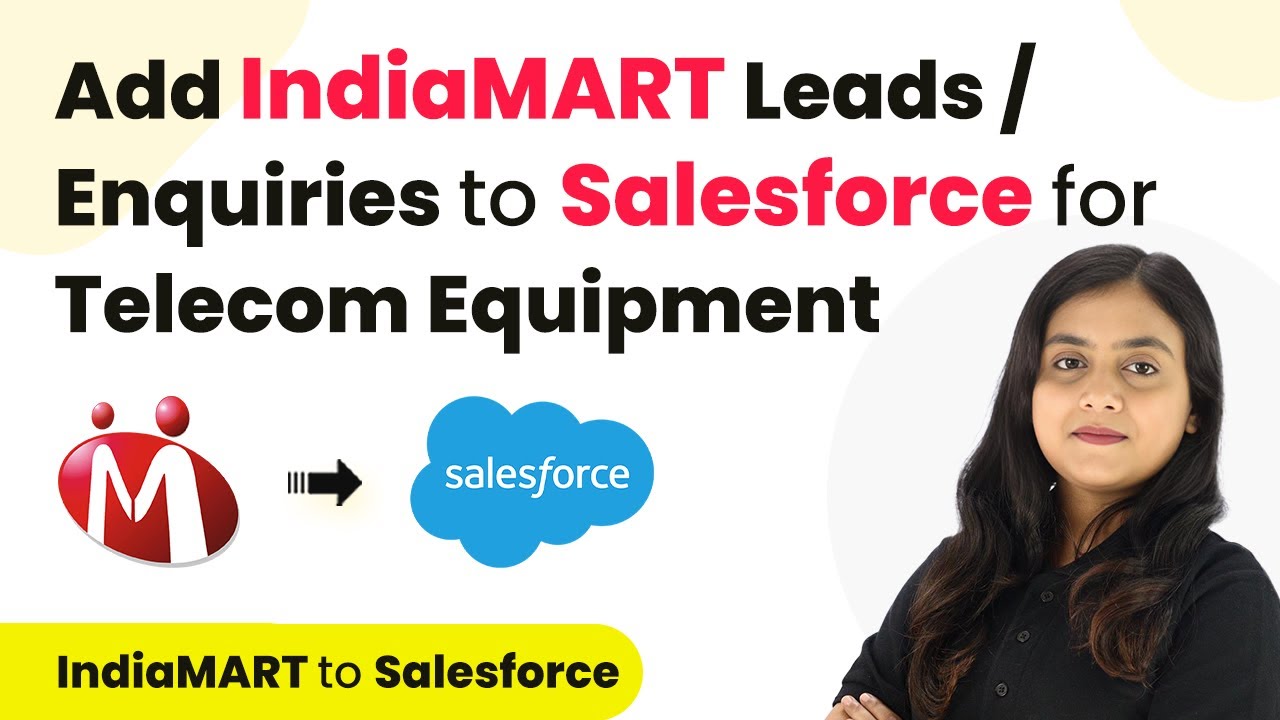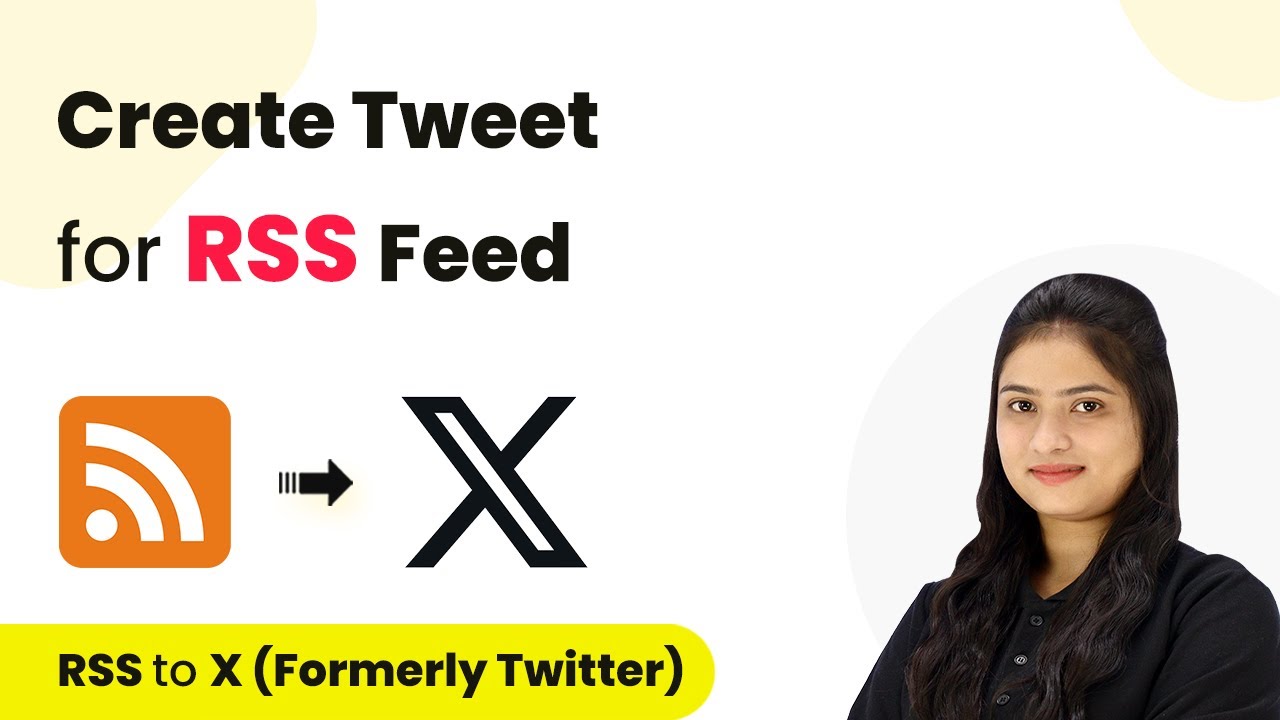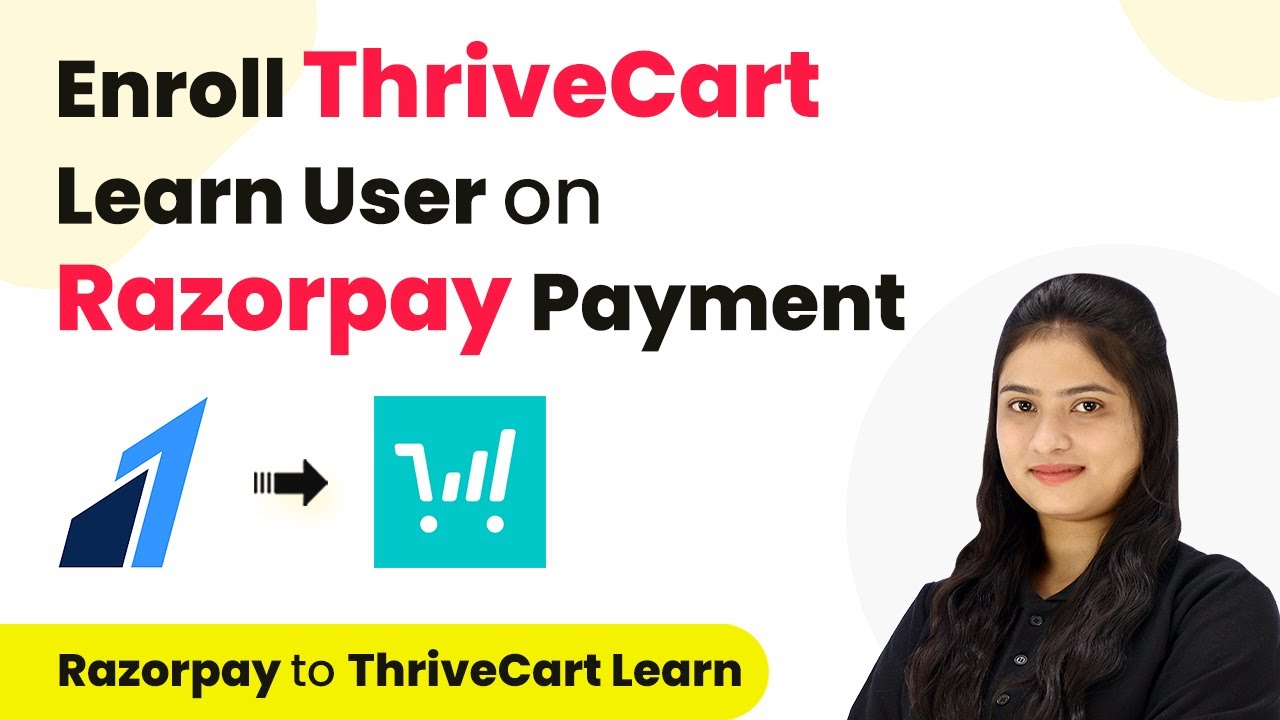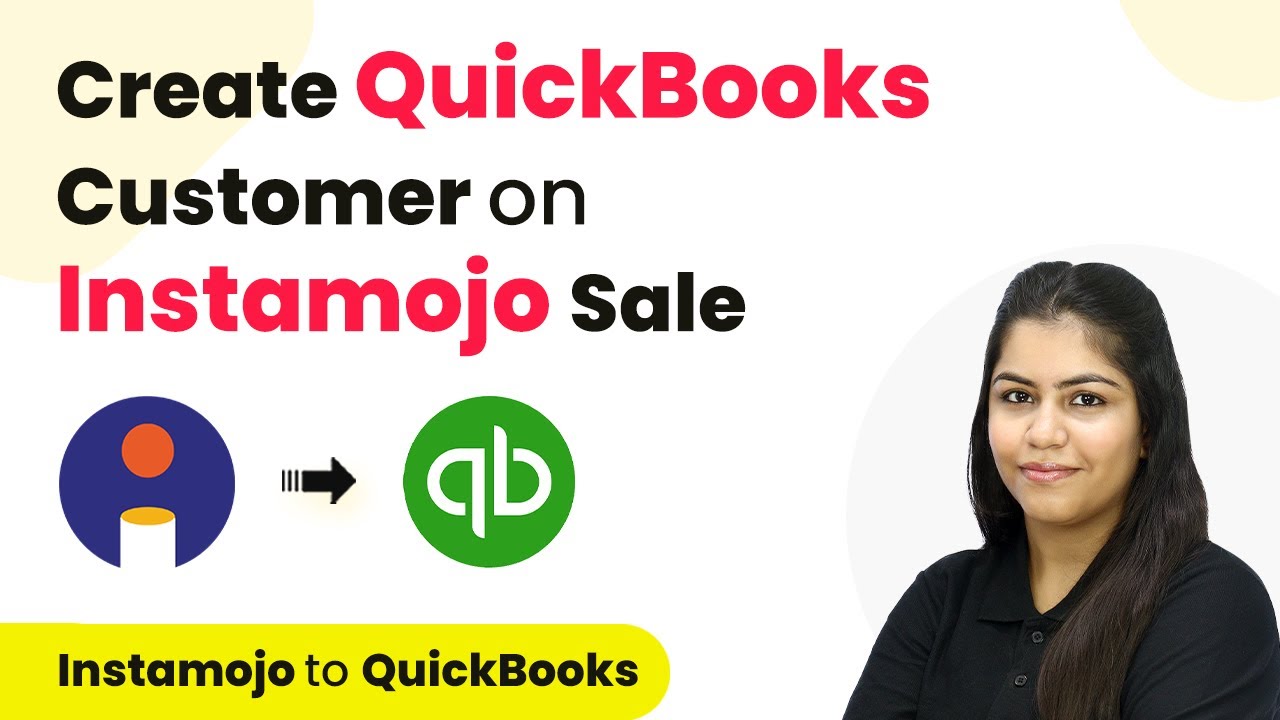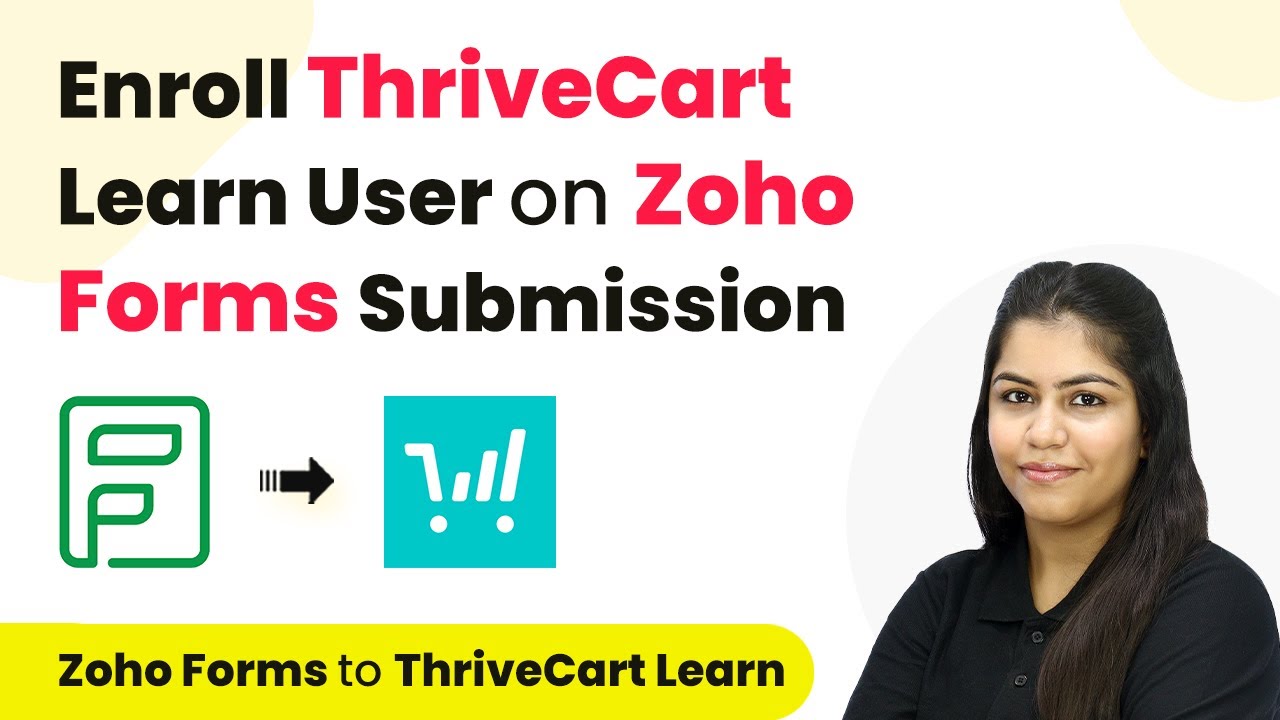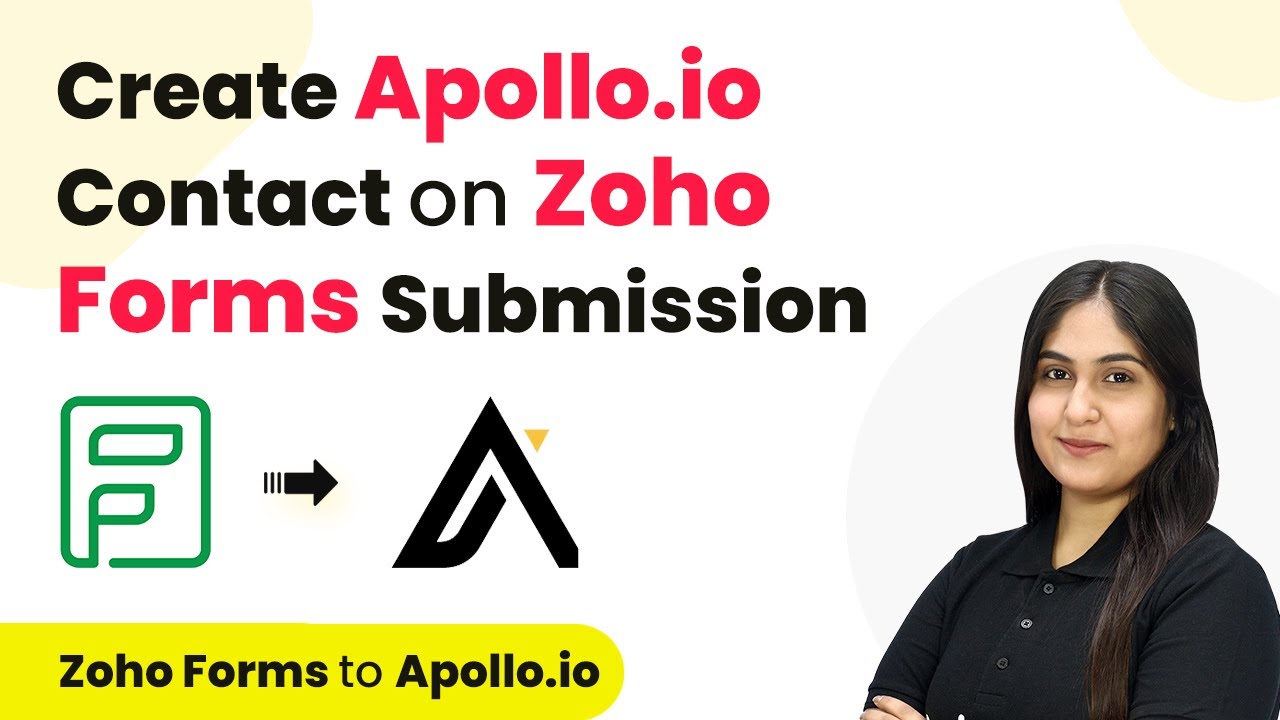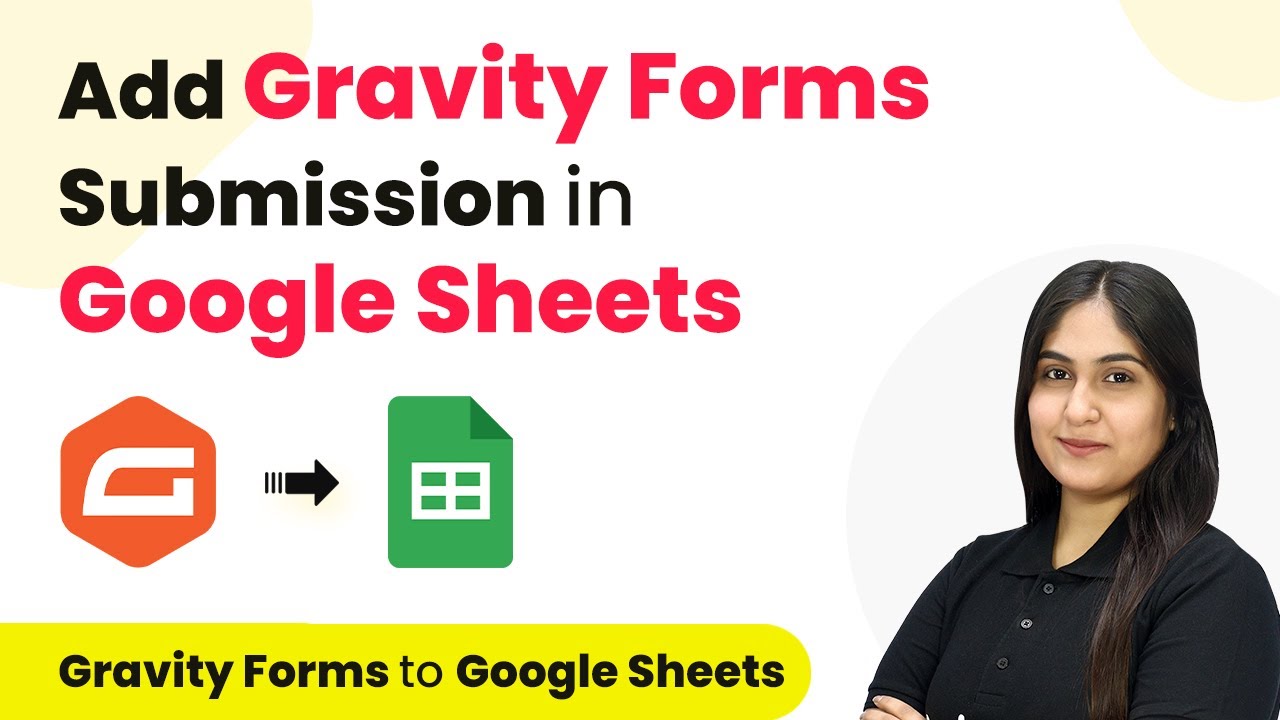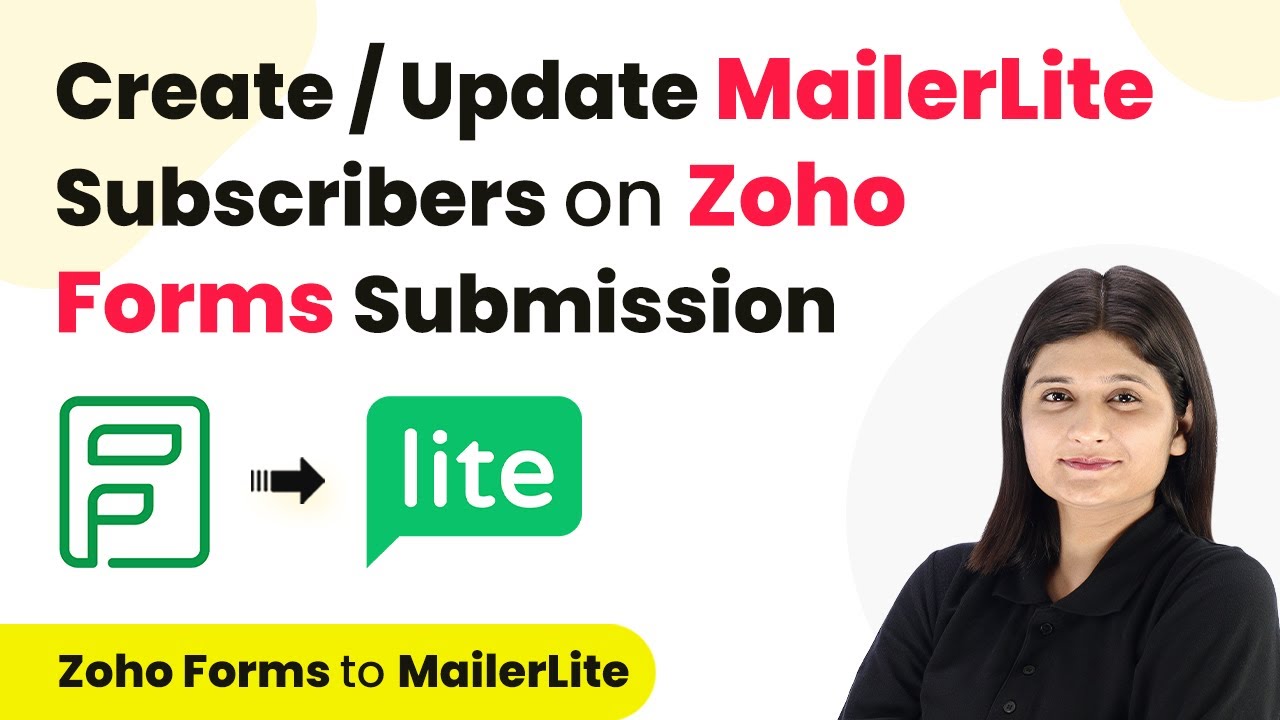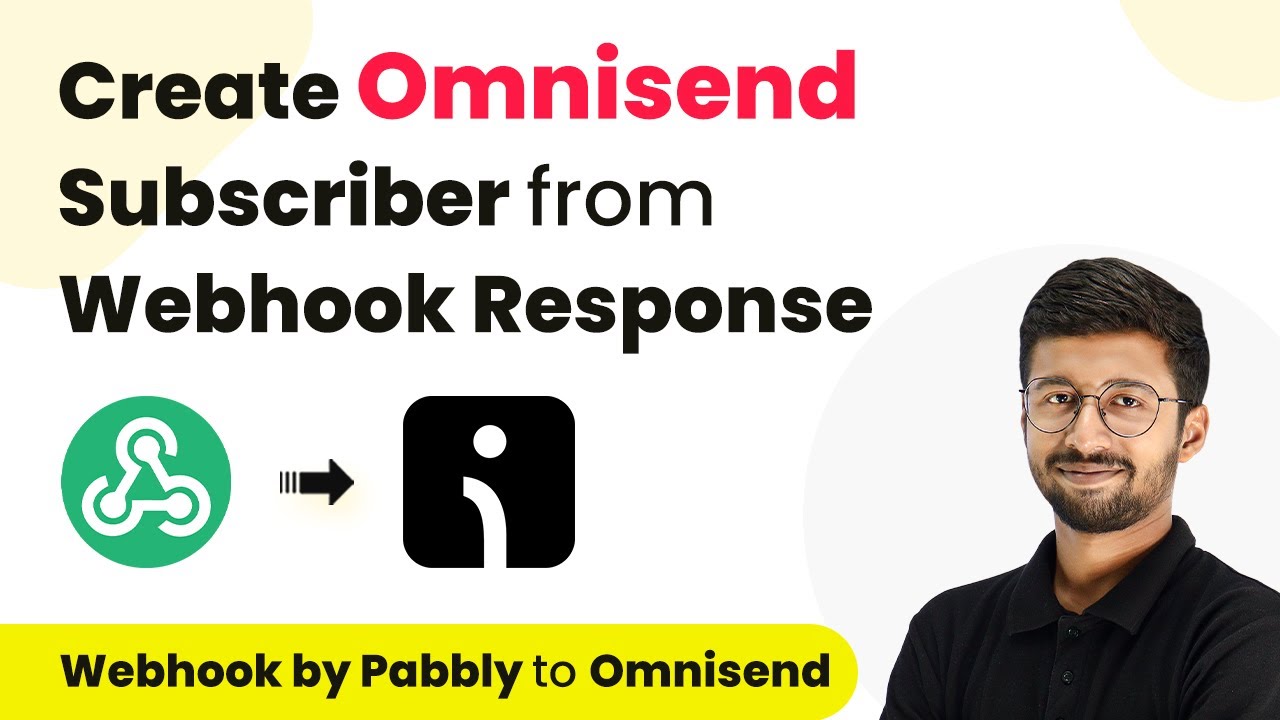Learn how to seamlessly integrate IndiaMART leads into Salesforce for telecommunication equipment using Pabbly Connect. Step-by-step tutorial included. Explore systematic approaches to creating efficient automation solutions that convert technical concepts into practical, implementable instructions.
Watch Step By Step Video Tutorial Below
1. Access Pabbly Connect to Start Integration
To initiate the process of adding IndiaMART leads into Salesforce using Pabbly Connect, first, visit the official Pabbly Connect website. Here, you will need to sign in to your account. If you are a new user, you can sign up for free and receive 100 tasks monthly.
Once logged in, you will see the dashboard where various Pabbly applications are listed. Click on the Pabbly Connect option by selecting the ‘Access Now’ button. This action will take you to the Pabbly Connect dashboard where you can start creating your workflow.
2. Create a Workflow in Pabbly Connect
In the Pabbly Connect dashboard, click on the ‘Create Workflow’ button located at the top right corner. A dialog box will appear asking for the workflow name and folder selection. Name your workflow something descriptive, such as ‘Add IndiaMART Leads to Salesforce for Telecommunication Equipment’. Select a folder to save your workflow in. using Pabbly Connect
- Give your workflow a meaningful name.
- Choose an appropriate folder for organization.
After naming and selecting your folder, click the ‘Create’ button. This will set up your workflow, and you will notice two sections on the screen: Trigger and Action, which are essential for the automation process.
3. Set Up Trigger for IndiaMART Leads
For the trigger step in your workflow, select IndiaMART as the trigger application. This is crucial as it will capture new leads generated in your IndiaMART account. Choose the trigger event as ‘New Leads’. After this, Pabbly Connect will provide you with a unique webhook URL.
Copy this webhook URL and log in to your IndiaMART account. Navigate to the Lead Manager section, and click on ‘Import and Export Leads’. From the dropdown, select the ‘Push API’ option. You will be prompted to enter the source as ‘Other’ and for the CRM platform name, enter ‘Pabbly Connect’. Paste the copied webhook URL in the corresponding field.
- Log in to IndiaMART and go to Lead Manager.
- Select ‘Push API’ and fill in the required fields.
After entering the details, click the ‘Save’ button to activate the API. This connects IndiaMART to Pabbly Connect, allowing it to capture new leads automatically.
4. Test the Integration with a Sample Lead
Now that the webhook is set up, it’s time to test the integration. Go back to your Pabbly Connect workflow and scroll down to see the status indicating it is waiting for a webhook response. Generate a test lead in your IndiaMART account by selecting a product and clicking the ‘Contact Supplier’ button.
Fill in the lead details, including the query and any necessary information, then submit the form. After submitting, return to your Pabbly Connect dashboard to check if the test lead has been captured. You should see the details of the lead in the trigger section, confirming that IndiaMART is successfully connected to Pabbly Connect.
5. Create a Lead in Salesforce
After successfully capturing the lead from IndiaMART, the next step is to set up the action in Salesforce. Select Salesforce as the action application and choose the action event as ‘Create Lead’. Click on the ‘Connect’ button to establish a connection with your Salesforce account.
Authorize Pabbly Connect to access your Salesforce data by clicking the ‘Allow’ button. Once authorized, you will need to map the data fields from the IndiaMART lead to Salesforce. This includes mapping the lead’s first name, last name, company name, phone number, and other relevant information.
Map the first name and last name fields. Provide the company name and contact information.
After filling in all required fields, click the ‘Save and Send Test Request’ button. Check your Salesforce account to confirm that the new lead has been successfully created, verifying that the integration between IndiaMART and Salesforce via Pabbly Connect is functioning properly.
Conclusion
This tutorial demonstrated how to integrate IndiaMART leads into Salesforce using Pabbly Connect. By automating this process, you can efficiently manage leads and streamline your telecommunication equipment business. Follow these steps to enhance your lead management capabilities with ease.
Ensure you check out Pabbly Connect to create business automation workflows and reduce manual tasks. Pabbly Connect currently offer integration with 2,000+ applications.
- Check out Pabbly Connect – Automate your business workflows effortlessly!
- Sign Up Free – Start your journey with ease!
- 10,000+ Video Tutorials – Learn step by step!
- Join Pabbly Facebook Group – Connect with 21,000+ like minded people!
